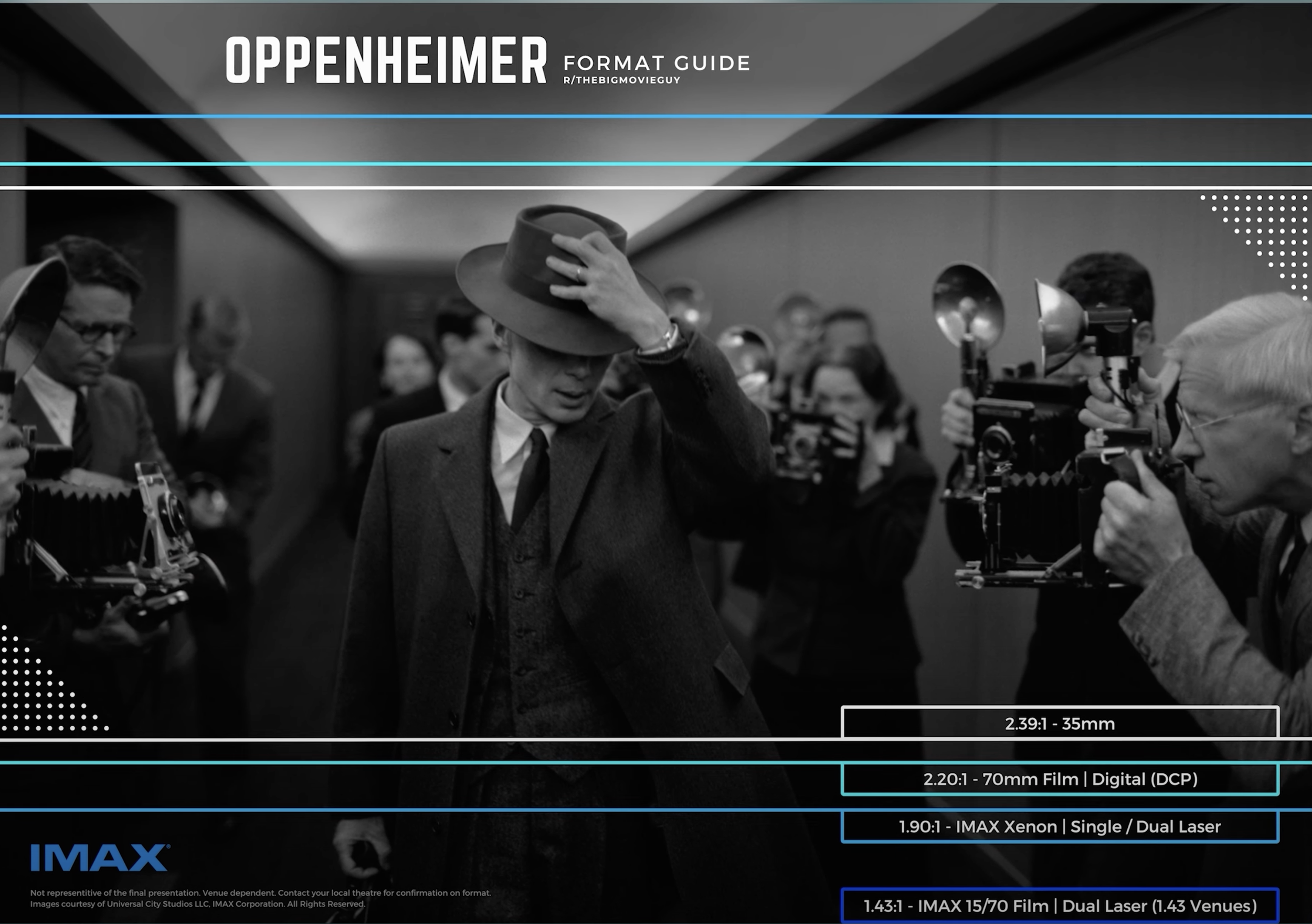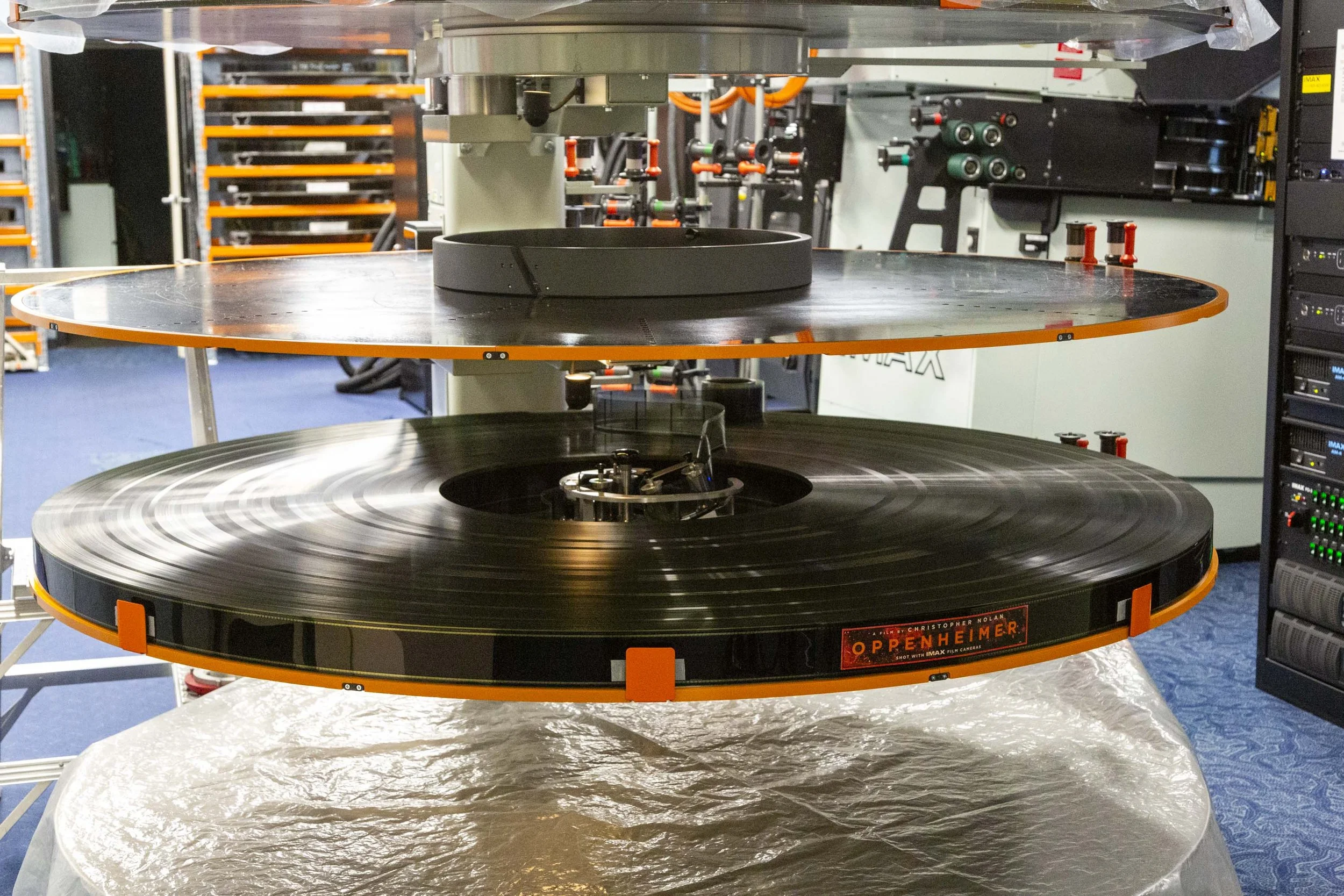How Oppenheimer 15/70MM Film is projected
There are only 50 IMAX theatres in the world that can screen 1.43:1 IMAX format, but only 30 of those cinemas, can display true IMAX 1570mm film print. I visited IMAX Melbourne, in Australia, the second largest theatre in the world, to discover the process of how Oppenheimer, the longest IMAX movie ever is played.
IMAX Melbourne is the only IMAX screen in the Southern Hemisphere, attracting over 27,000 pre-sale tickets for Oppenheimer screenings with people coming all over the world to see the film. I had the incredible opportunity of seeing what the process looks like, in the projection booth and the experience movie-goers get to be apart of, when visiting this amazing theatre!
Interviewing Jeremy Fee, the Operations Manager at IMAX Melbourne, I take you on a close, inside look at how the world’s longest IMAX feature film is displayed at the second largest screen in the world. It’s incredible to see the process and passion behind what it takes for this operation to run so smoothly, especially considering how rare film format is these days in theatre, with IMAX 1570MM being the rarest variant of film out of all of them.
There are many different formats you can watch Oppenheimer in, varying from 35mm film print, digital projections, to the large scale 15/70 Film and Dual Laser IMAX Projections.
Ultimately, Oppenheimer is one of the rare films out there shot on legacy IMAX 15/70 Film cameras, yet it can be enjoyed anywhere no matter how you view it. However, for film-lovers, movie-goers and the general audience. If you’re looking to get the best experience intended by Christopher Nolan and the team at Syncopy + Universal, then it’s definitely worth finding a cinema that can display the film in IMAX and a bonus in 1570MM film. In the end, my hope, is for movies like theatres to have some contribution to revitalising the use of film in what is a very digital world in theatres. Maybe we’ll see a renaissance of film projection in the near future!









